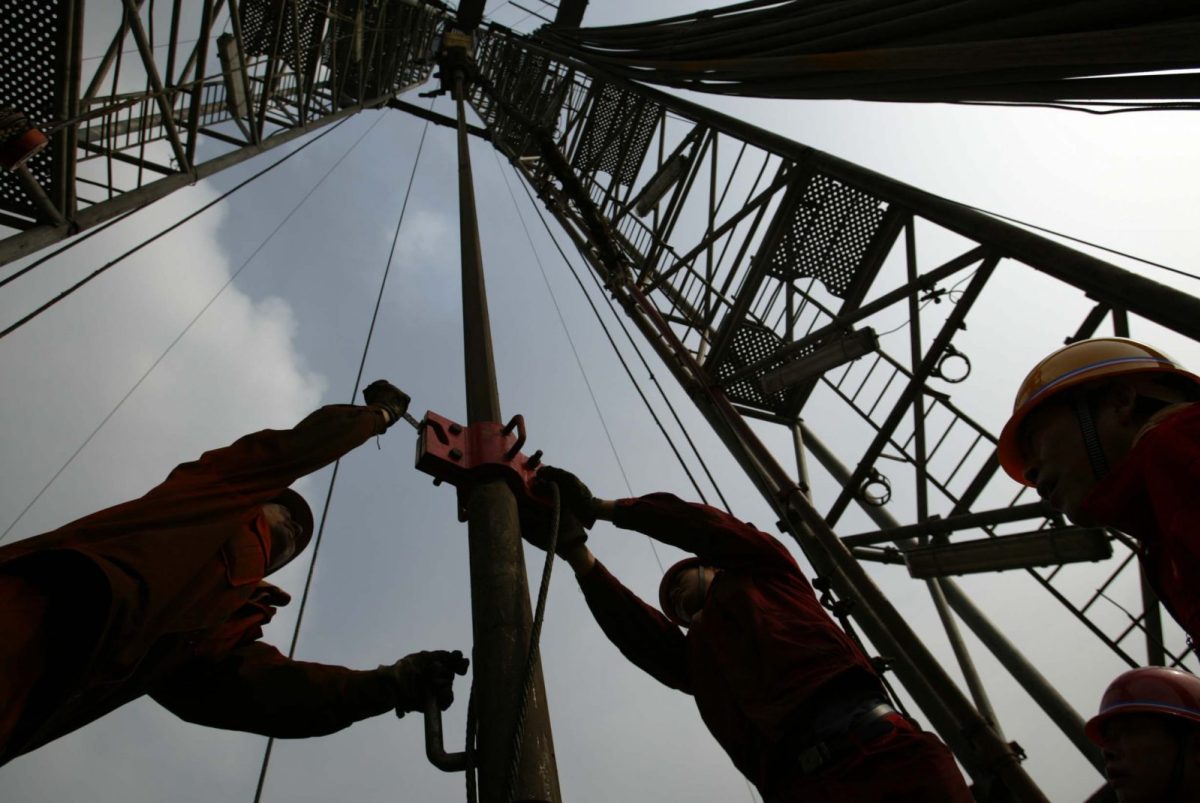The energy price surge has created a patchwork quilt of winners and losers among Asia’s commodities-producing nations, says Bank of America Securities.
Malaysia is getting a boost from liquefied natural gas (LNG) exports while Australia and Indonesia are benefiting from a spike in coal demand. But they all have one common denominator – nobody is winning from oil that’s on course to cross the $100 per barrel mark for the first time since 2014.
A Bank of America Securities’ report today on the impact of recent price gains, written by economists Mohamed Faiz Nagutha and Bum Ki Son, illustrates how the rapid recovery from the Covid downturn is being felt differently across the region.
With trillions of stimulus dollars helping to fund everything from public infrastructure projects to private manufacturing expansions, pressure has intensified to produce enough energy to build and operate them. Consumer spending unleashed after 18 months of lockdown has also driven up demand for electricity to power newly bought domestic gadgets and to keep the lights on at newly reopened restaurants and shops.
Oil prices have doubled in a year to around $80 per barrel while LNG prices have spiked almost as much to a record $56 per metric million British thermal unit. Shortages of both in some places have inevitably led to a rise in coal use. That’s especially so in China, where energy shortages have led to widespread blackouts. Nations have temporarily cast off their decarbonisation missions to keep the lights on, pushing prices of the black stuff above $240 per tonne, double the price of a decade ago.
Here are Bank of America Securities’ key findings:
MALAYSIAN WIN
Among the biggest beneficiaries has been Malaysia, which has seen a trade surplus uptick equivalent to 4%-6% of GDP as LNG exports have climbed. For Indonesia, Asia’s only other sizeable gas exporter, the figure is 0.4%.
The report estimates that should price rises continue into next year Malaysia – which exported an average $1.8bn of LNG in each of the past two years – will reap a 40bps uplift in exports for every 10% increase in gas prices. Indonesia can expect to see a 5bps gain.
The picture is reversed in importing countries. Japan, Singapore, Korea, Taiwan and Thailand will lose the equivalent of 0.1% of GDP for every 10% increase in prices, the report added.
Indonesia can also expect to experience a 15bps jump in GDP for every 10% rise in coal prices.
Coal accounts for more than a tenth of the Southeast Asian nation’s exports, making up 1.5% of GDP. Australia, Asia’s biggest producer with 15% of exports and 5% of GDP coming from coal sales, is likely to see a trade surplus leap equal to a 50bps of economic output.
OIL DOWNER
However, any gains are likely to be drastically pared by the increased costs of oil, of which Asia is a net importer.
Thailand, Singapore, Taiwan and South Korea, are the biggest importers and stand to be hurt most. Only Malaysia exports crude, but even that is unlikely to escape unscathed as the knock-on increase in the costs of refined oil products eats into trade surpluses or adds to deficits.
Beneficiaries of rising commodity costs are also losing as those prices transfer into rising living costs, especially in power generation, transport and food production, which relies on gas by-products to produce fertilisers.
That’s particularly true of countries such as the Philippines, where inflation is more sensitive to higher oil prices, and Singapore, which is exposed to LNG price swings. The Philippine archipelago can expect to see inflation rise 80bps for every 10% increase in oil prices, while in Thailand the figure is 50bps.
While governments are pulling in higher tax revenues from this activity, the picture isn’t as sunny as that seems, the report concludes. Many countries have increased spending to pay for price caps on domestic energy and fuel in order to reduce the impact of rising inflation in citizens.
By Mark McCord
Also on AF
What Is Behind China’s Power Supply Crunch?
























